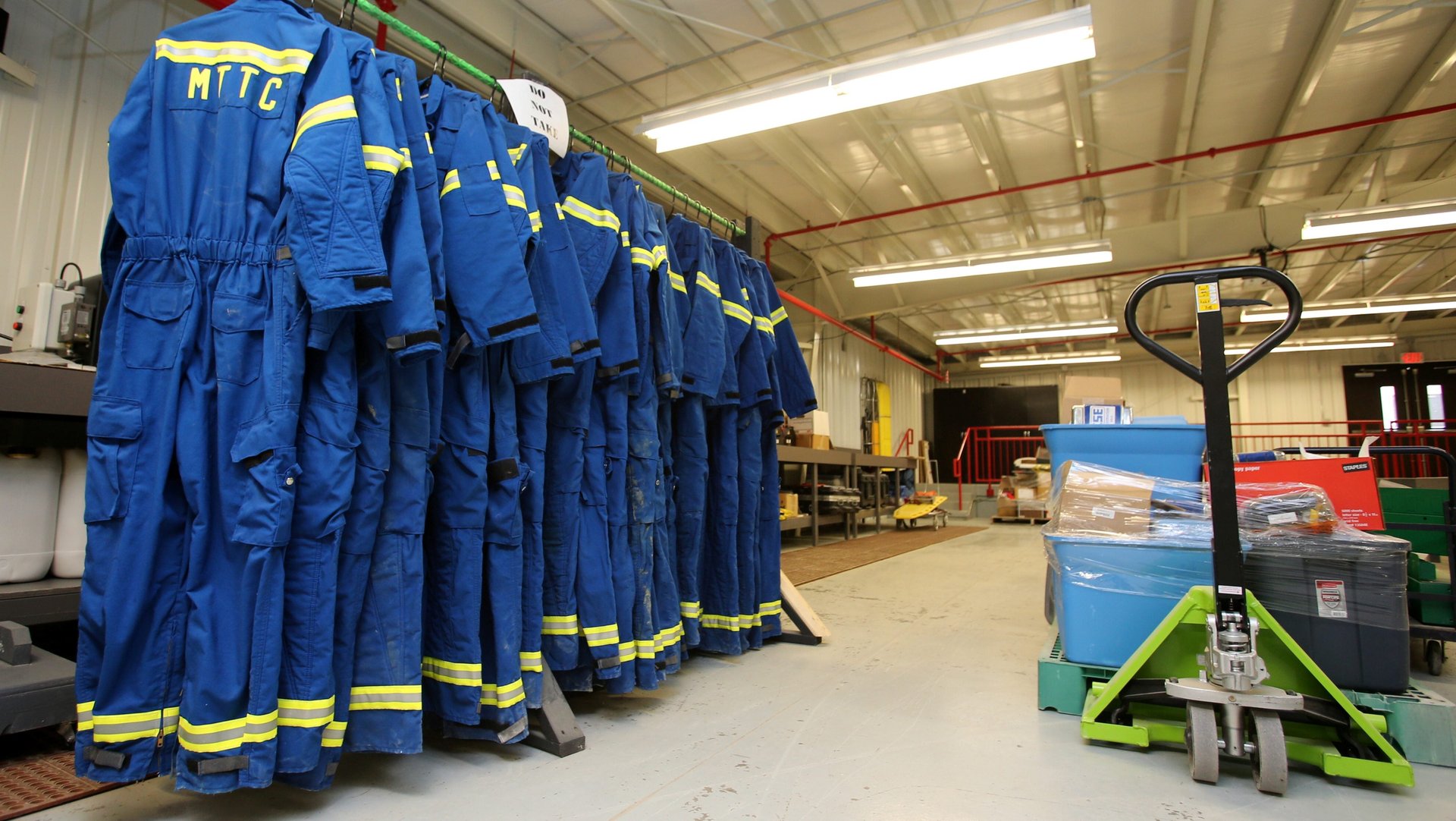Coal miners are so confident Trump will bring coal back that they’re rejecting alternate career retraining
Throughout his campaign and into his first year as president, Donald Trump vowed to bring back US coal jobs and revitalize the dying industry. He heralded the opening of the first new coal mine of his era this summer as a fulfillment of his campaign promises. The Acosta mine, owned by Corsa Coal, is set to employ fewer people than the average supermarket.


Throughout his campaign and into his first year as president, Donald Trump vowed to bring back US coal jobs and revitalize the dying industry. He heralded the opening of the first new coal mine of his era this summer as a fulfillment of his campaign promises. The Acosta mine, owned by Corsa Coal, is set to employ fewer people than the average supermarket.
That new mine is in Southwestern Pennsylvania, where Reuters reports the dream of a second golden age of coal is alive and well, despite all indications that the industry’s future is bleak. In fact, hope is so strong it has Pennsylvania miners rejecting free, federally-funded retraining in new careers.
Reuter’s story followed Mike Sylvester, a 33-year-old son of a coal miner who was offered federally funded courses covering “everything from computer programming to nursing” at a training center, and chose a coal course instead.
“I think there is a coal comeback,” he told Reuters.
Elsewhere in the country, federally funded job retraining is well attended. For example, in West Virginia and Kentucky, where coal reserves are literally gone, federal retraining programs have approached full capacity. In Wyoming, coal miners are taking free classes to become wind-energy technicians, offered by a Chinese wind-turbine manufacturer.
Coal is declining relative to every other energy sector in the US. But miners in Pennsylvania find hope in a smattering of new coal-mining operations in the state. In addition to Corsa Coal’s Acosta mine, Reuters notes that Consol Energy recently expanded its Bailey mine complex in Greene County, in the southwest corner of Pennsylvania.
“Part of our problem is we still have coal,” said Robbie Matesic, executive director of Greene County’s economic development department, told Reuters.
Coal mining turned southwestern Pennsylvania into one of the epicenters of American industry for much of the last two centuries. Union jobs in the mines were once stable and very well paid—but as the New York Times has documented, since the mid-2000s, mine workers (who are now mostly non-union) have been making less and less, while executives have seen their salaries rise ever higher. While the memory of well-paying mining jobs lives on in coal country, the jobs themselves don’t.
Production of US coal was up slightly this year, due to foreign demand, particularly from China, Japan, and India. But Reuters notes even that just brings production to levels last seen during a low in 1978.
Meanwhile, solar- and wind-energy technician jobs were the first and second fastest-growing occupations, respectively, in terms of income in the US in 2016.